By: Idaresit Thompson
The first time I stepped into a UBC Dance Horizons Crew (DHC) team practice, it was immediate intrigue. With heavy laughter filling the room, chitter-chatter flitting about in the air, and dancers bending this way and that, stretching to prepare for the class ahead, it seemed like time was at a standstill. There was something magical about this moment. How could I not be intrigued?
It had been a very long time since I had last stepped into a dance studio, as I had taken a break in high school, and I had heard of the many dance teams on campus. Thus, I had attempted to go to a dance workshop in my first year, but I left feeling intimidated and dejected, so I resigned myself to finding other hobbies to fill my time. Finally itching to get back to dancing, I took my chance with my first practice at DHC. It was different.
On a Saturday afternoon, from sixty to eighty people congregate in UBC’s life building to learn and practice choreography for DHC. The energy in the room is palpable, as people flock to their friends on the team, laughing and talking, excited for the day’s practice. With a wide variety of dancers - from dancers who have never taken a class in their life, to dancers who have been dancing all their life - there is space for any and everyone in DHC. Practices begin with an opening circle where everyone introduces themselves which cultivates a sense of community, and as some members explained later to me, this was their biggest reason for joining the team. Afterwards, Lauren and Chessy, who are the co-captains, guide a warm-up and then teach the team’s choreography. In every instance, the team works together. Whether it’s profusely struggling during a conditioning warm-up or trying to follow and understand how the choreography should be executed, the team is together. As one member said, “DHC has always been about togetherness and family.”
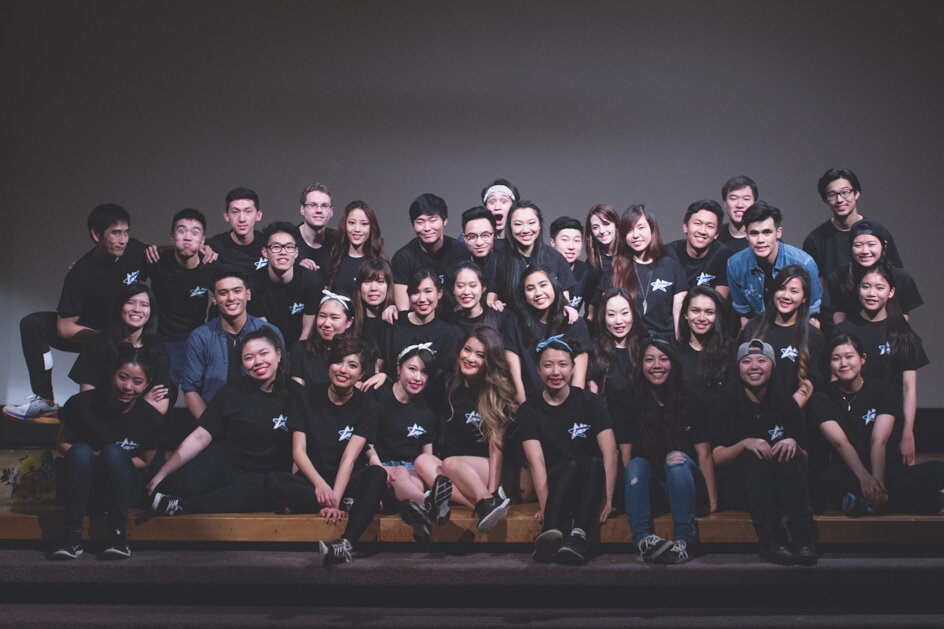

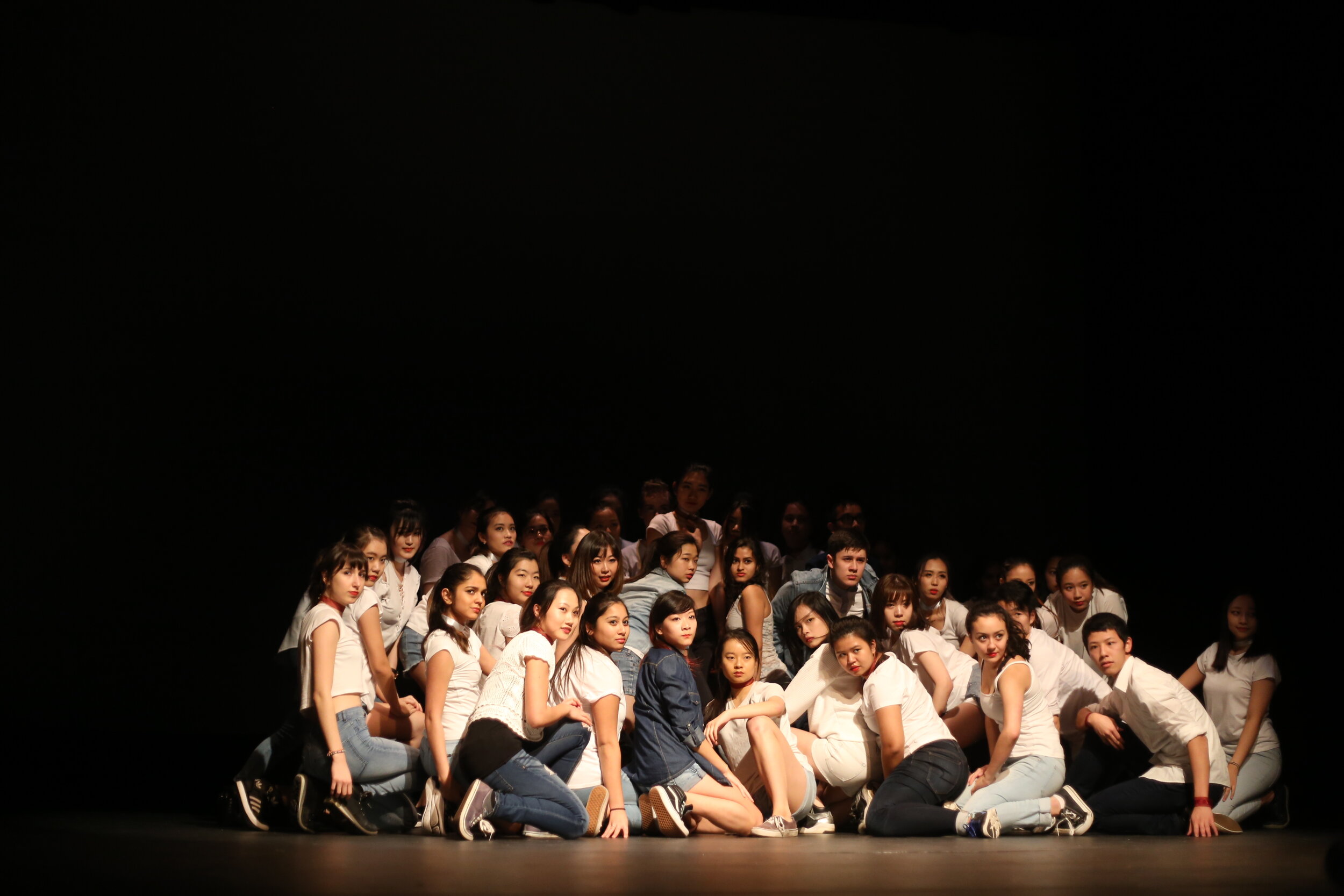
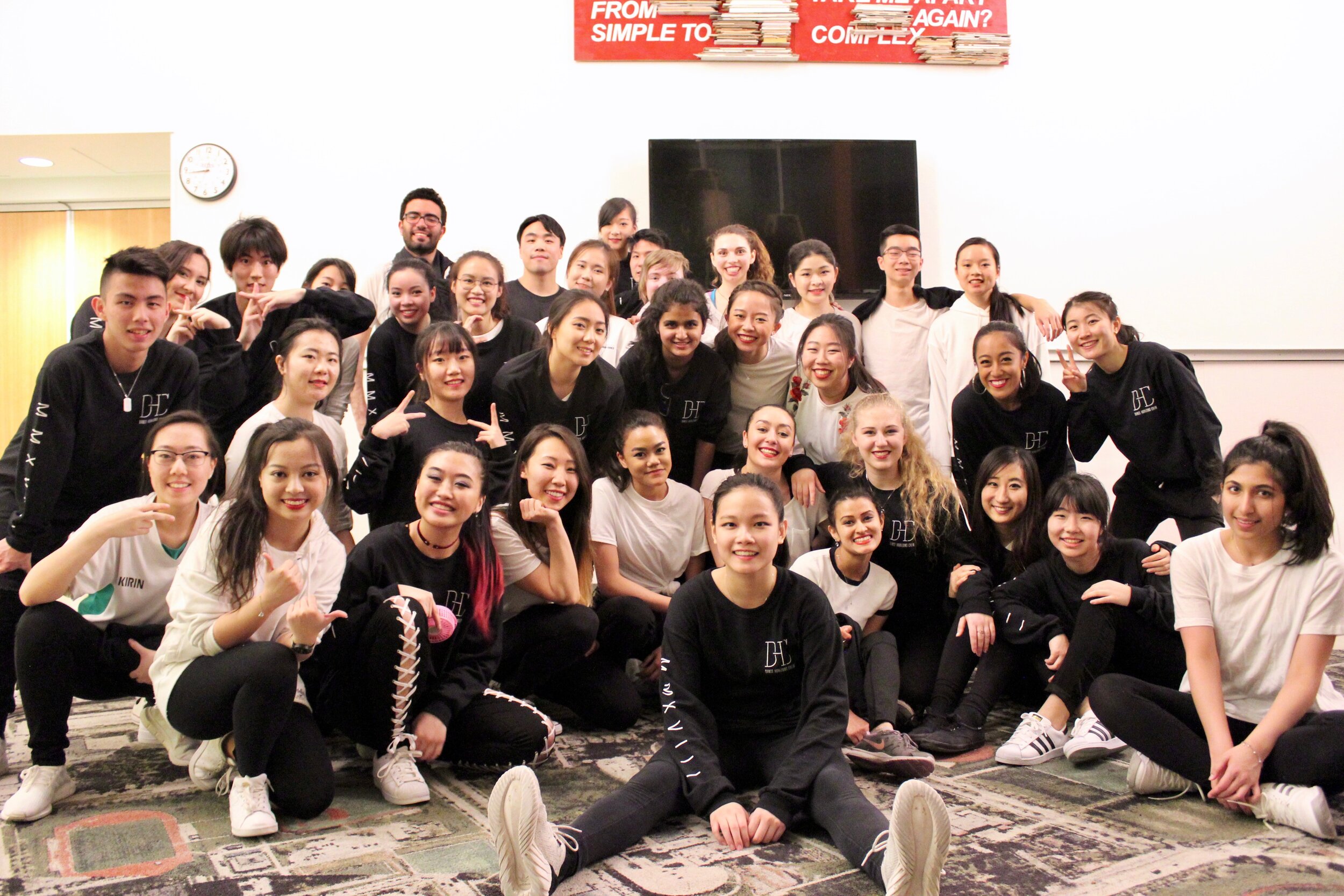
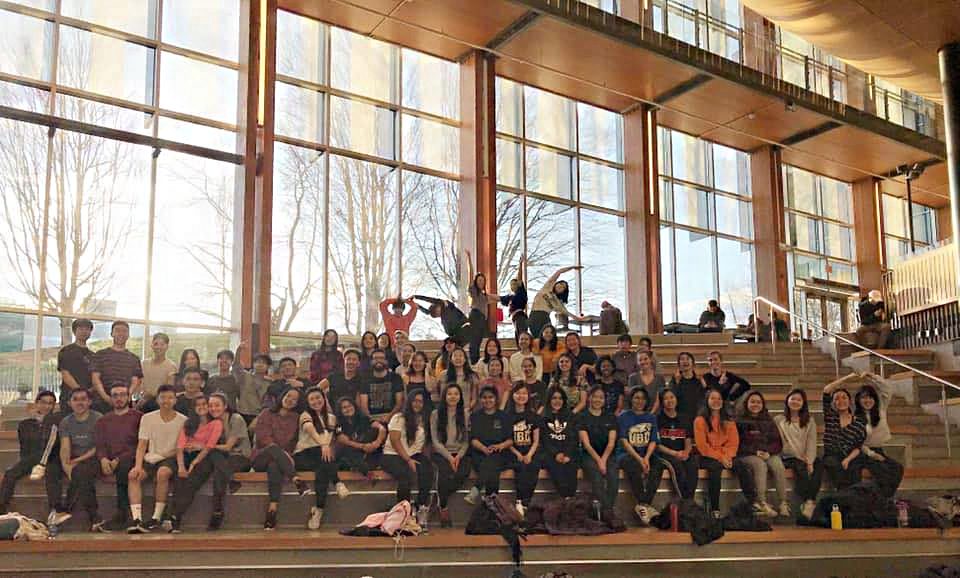
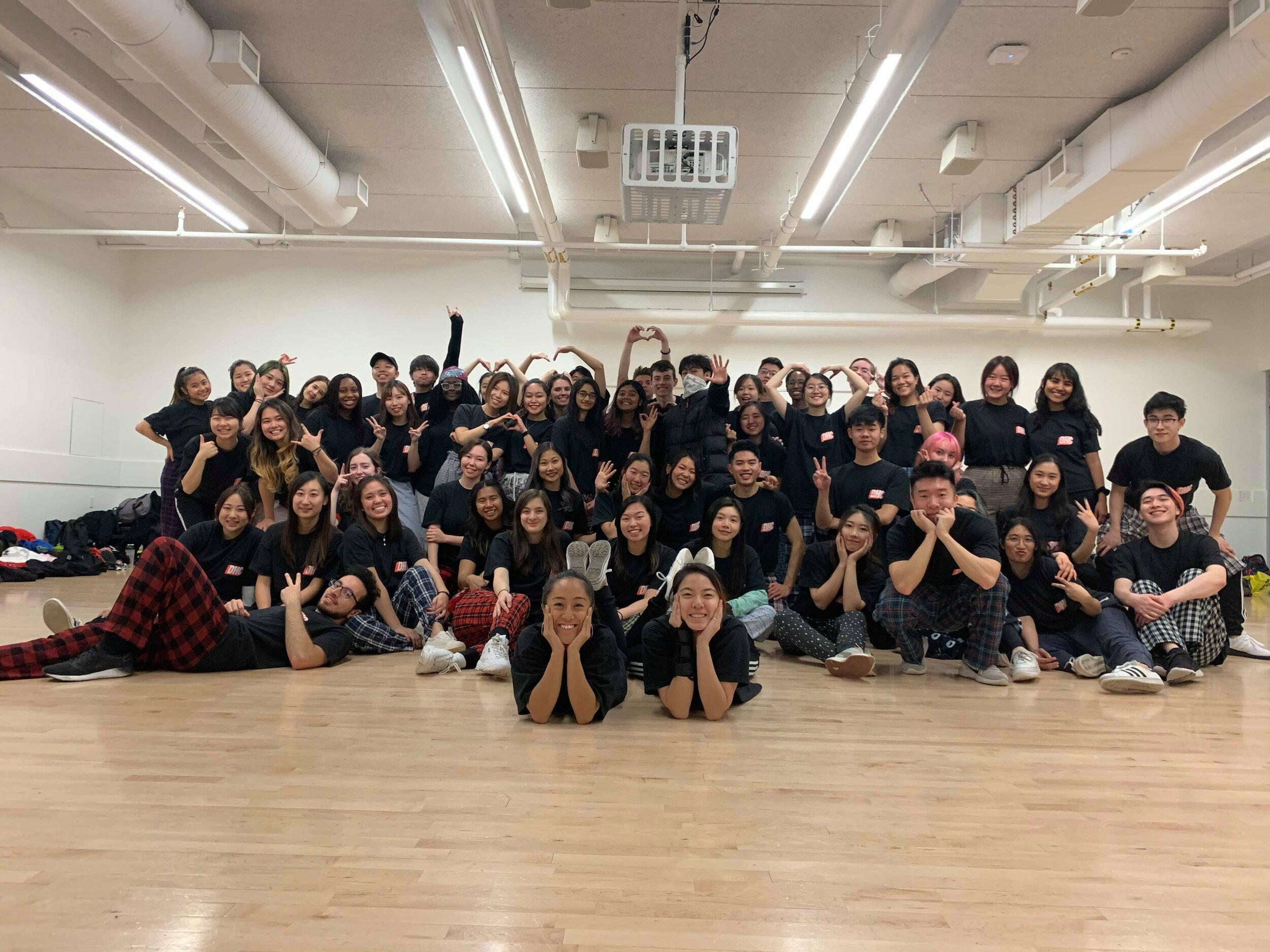
DHC has grown over the years. When I first joined in 2019, there were approximately 50 members committed to the team. In my opinion, this immense growth in membership can be attributed to the inclusive space that the members and captains have developed. As a member noted, “making friends [is easier at DHC] because everyone has the same passion as me,” and this same passion between the members and captains is what drives the final Year-End-Show performance.
While DHC is a space of fun, inclusivity, and general excitement, this certainly does not mean that there is no extensive work being conducted by both the members and the captains. Many practices begin with twenty minutes of conditioning (which, trust me, is a very gruelling workout), and the members repeat choreography over and over in hopes to achieve clean and precise movements. As performance day encroaches swiftly, members organize additional days to practice the choreography, message one another about the choreography and break into smaller groups to teach one another the choreography. For members, life becomes about the choreography, the choreography, and the choreography. Their minds become inundated with several pieces, timing, music, and the possibilities of performance day. Definitely, there is no shortage of commitment and passion within the DHC dance team.
Obviously, this heavy sense of commitment is not possible without the guidance and leadership of the two DHC captains. The old adage, “a team is only as good as its leaders,” as cliche as it may sound, rings true in the DHC team. Lauren and Chessy lead the team with grace, patience, support, and abundant devotion. From making jokes with members to demanding that team members fall in line in the next breath, Lauren and Chessy’s passion for the team is indisputable. Not only do they teach choreography, but they are also invested in seeing their team grow as dancers. They push team members outside of their comfort zone with freestyle challenges like cyphers, and they invite choreographers with different styles to help the team develop new skills. Working with such a large team is no joke, as organizing such a large amount of peers can be trying. It can become overwhelming as the choreographers have to account for all sixty to eighty members and their safety on stage while making sure the performance looks outstanding. However, with all intents and purposes, both captains “ultimately prioritize [their] team’s needs over [their] own grievances,” says Lauren. Making the experience a memorable one for the members is of the utmost importance, as “basically [they’re] both up until 5 am making choreography… [they’re] literally always thinking about [the] team,” Chessy declares. It is this dedication to the team that has propelled DHC to its current heights.
There are many dance teams on campus, but I think there is an extraordinary quality in DHC. For so many people to dance and share the stage in unison with relatively little issues on performance night, DHC really is a magical team.

